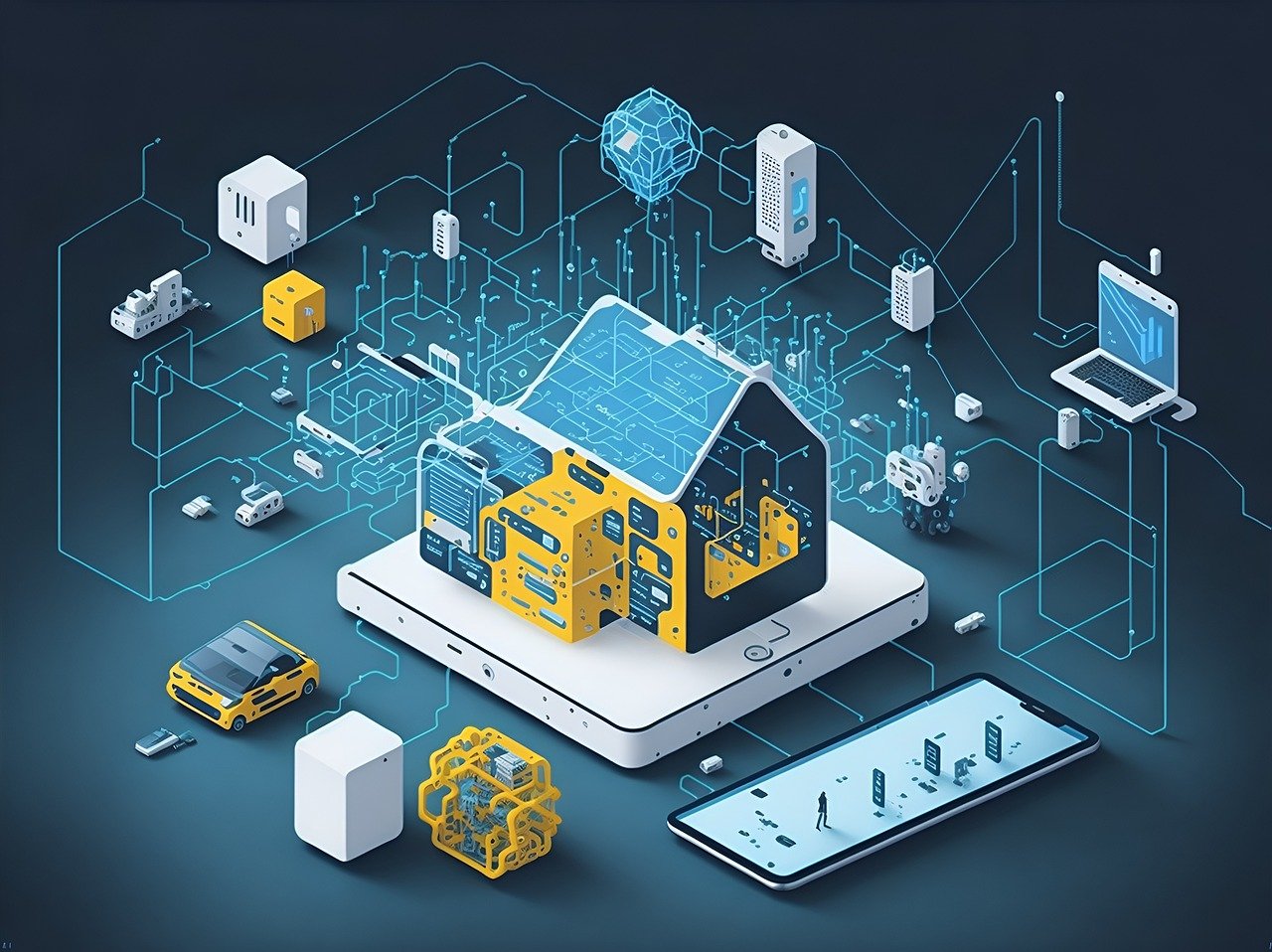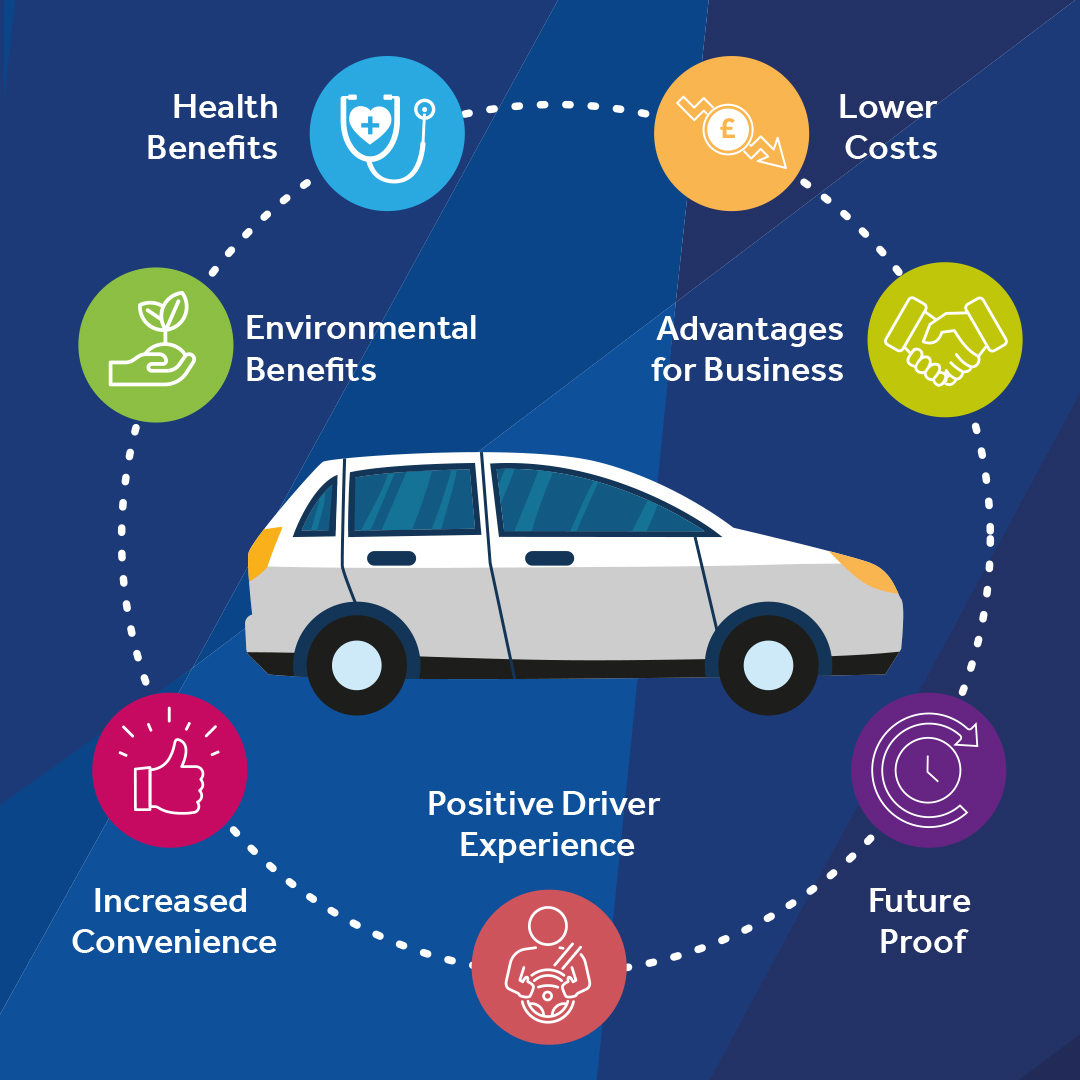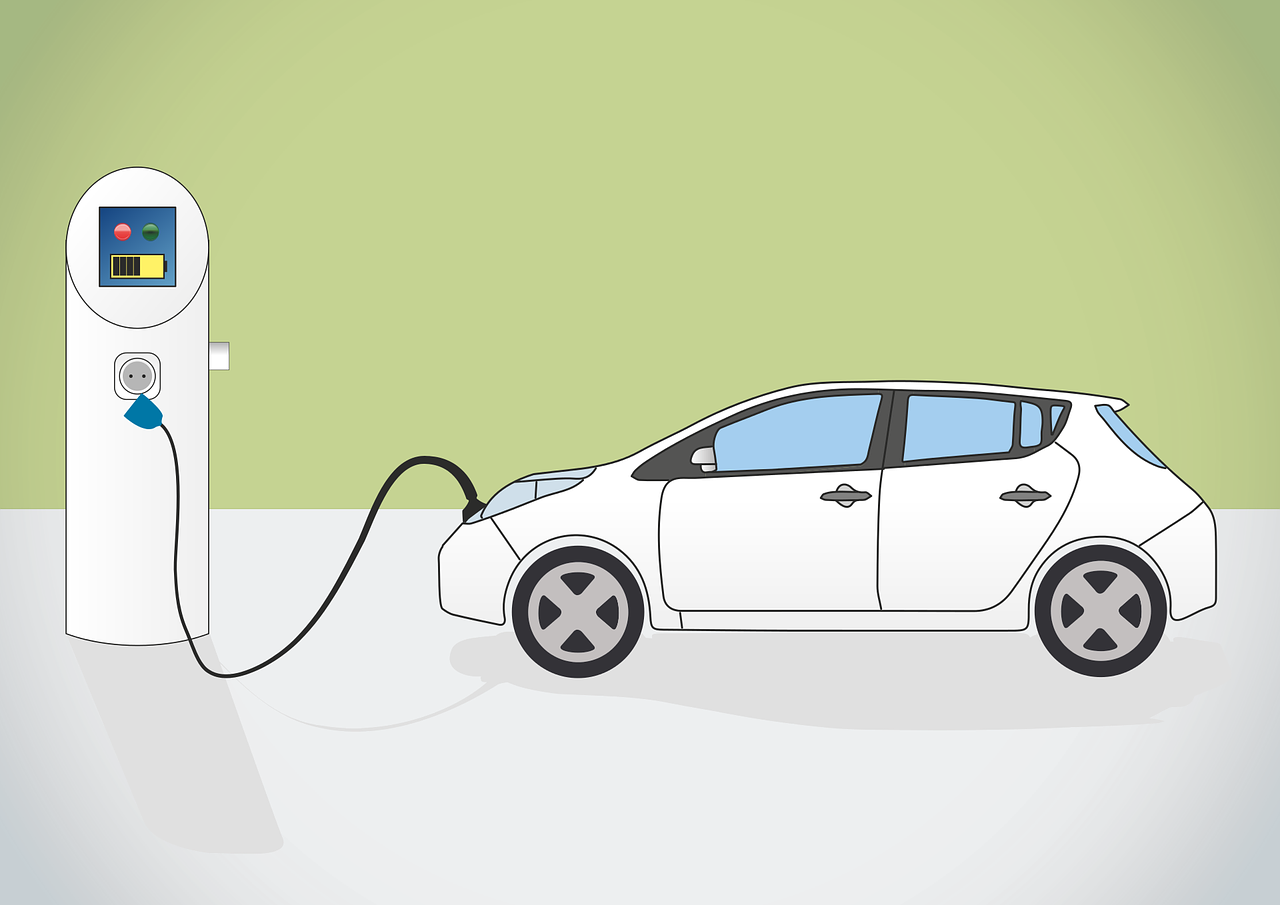Syllabus
Introduction to IoT: Internet of Things, Definition & Characteristics of IoT, Physical design of IoT, IoT Architectural View, M2M, Difference between IoT and M2M, Examples of IoT.
IoT Components: Sensors–voltage, current, temperature, light, gyroscopic and acceleration. Actuators–DC Motor, servo motor, stepper motor, relay. Node MCU, Intel Galileo, Raspberry Pi, Artix-7 FPGA Development Board – Architecture, Specifications, Features and Pinouts.
Programming and Interfacing: Programming – Basic commands for Node MCU and Raspberry Pi. Interfacing – Connecting LED, Buzzer, Controlling AC Power devices with Relays, Controlling servo motor, speed control of DC Motor, uni polar and bipolar Stepper motors, Control over web browser and Bluetooth.
IoT Physical Servers and Cloud Offerings: Introduction to Cloud Storage models and communication APIs, Web server for IoT, Cloud for IoT – Sensor Data Logger with Thing Speak Server.
IoT Applications: Home automation–Smart lighting, Intrusion detection. Cities–Smart parking, Environment–Weather monitoring, Pollution monitoring. Agriculture–Smart irrigation.
Resources
Lecture Notes
Module 1 (Download)
Module 2 (Download)
Module 3 (Download)
Module 4 (Download)
Module 5 (Download)




